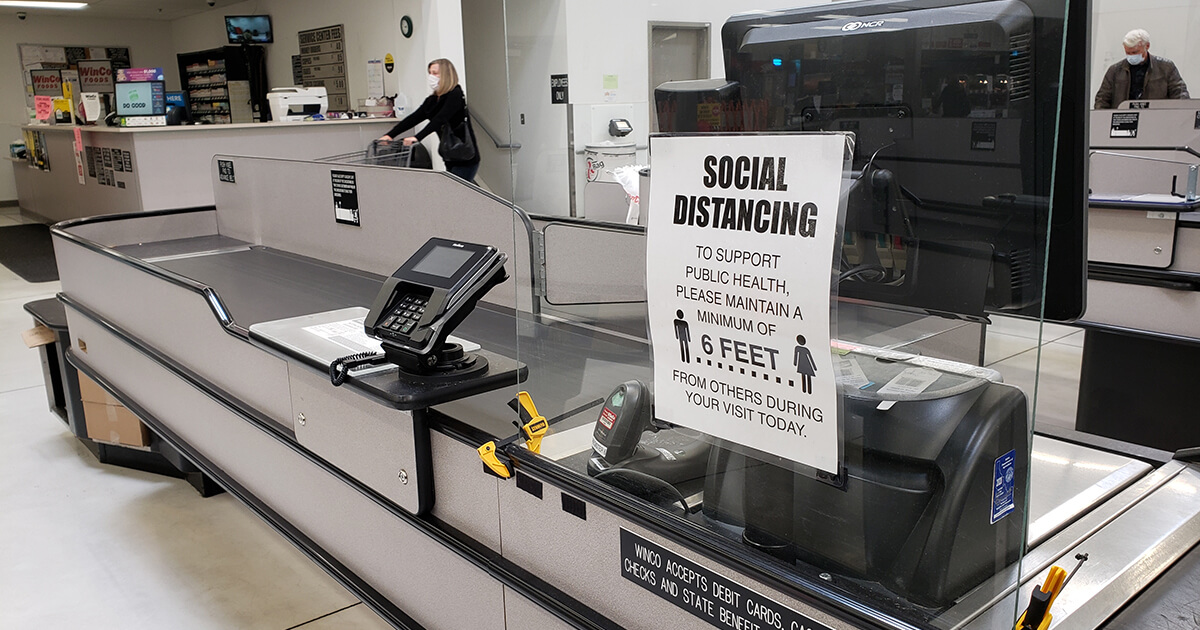
At Level 10, we work side by side with retailers and restaurant operators as they enact changes to attract and engage their customers. Never have those changes been more dramatic than since the start of the COVID-19 pandemic. That close perspective provides us with unique insights into what works and what doesn’t, and how to make decisions now that will serve these businesses no matter what comes next.
Here are three areas where the right choices can help bring back customers and drive success, today and into retail’s unknown future.